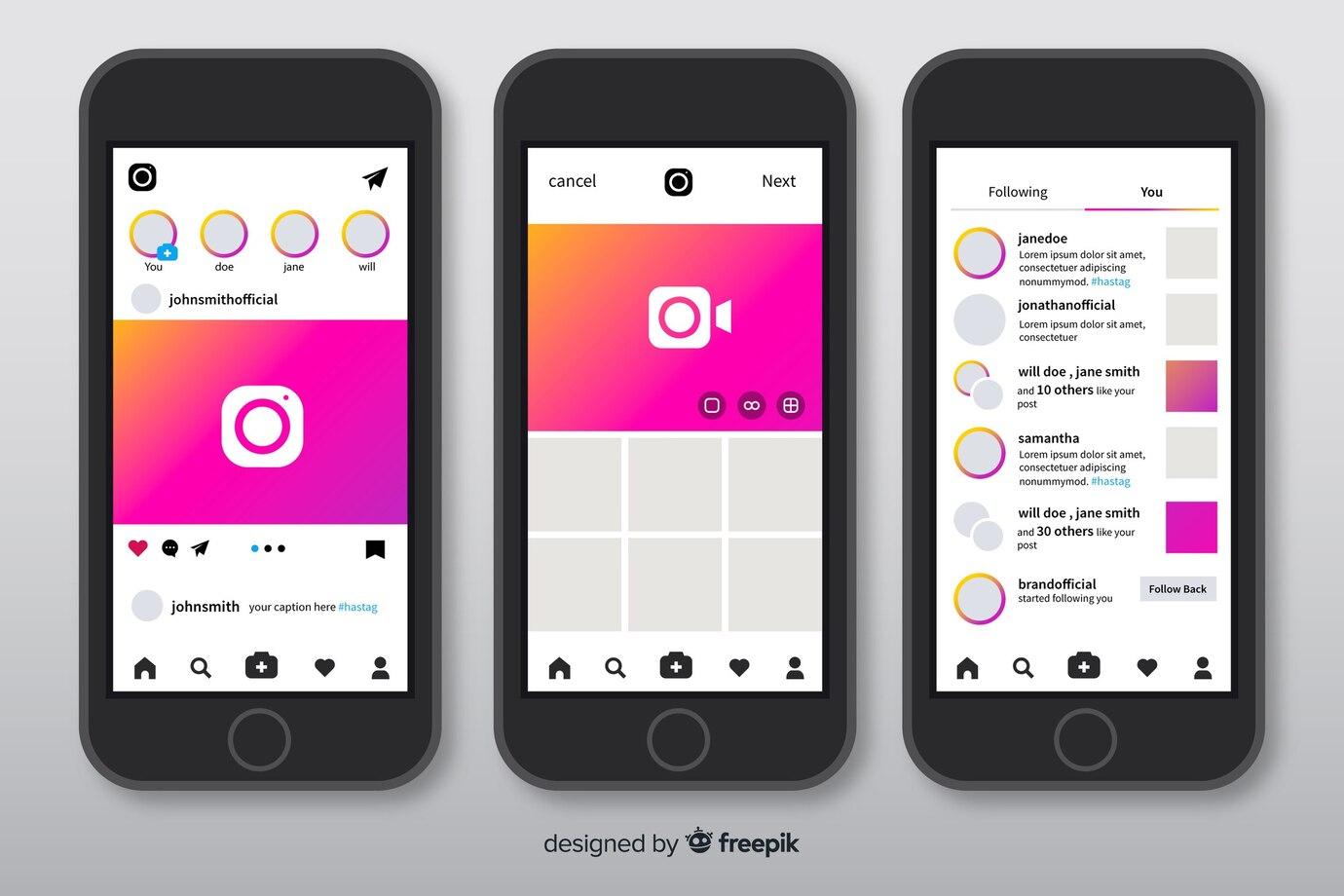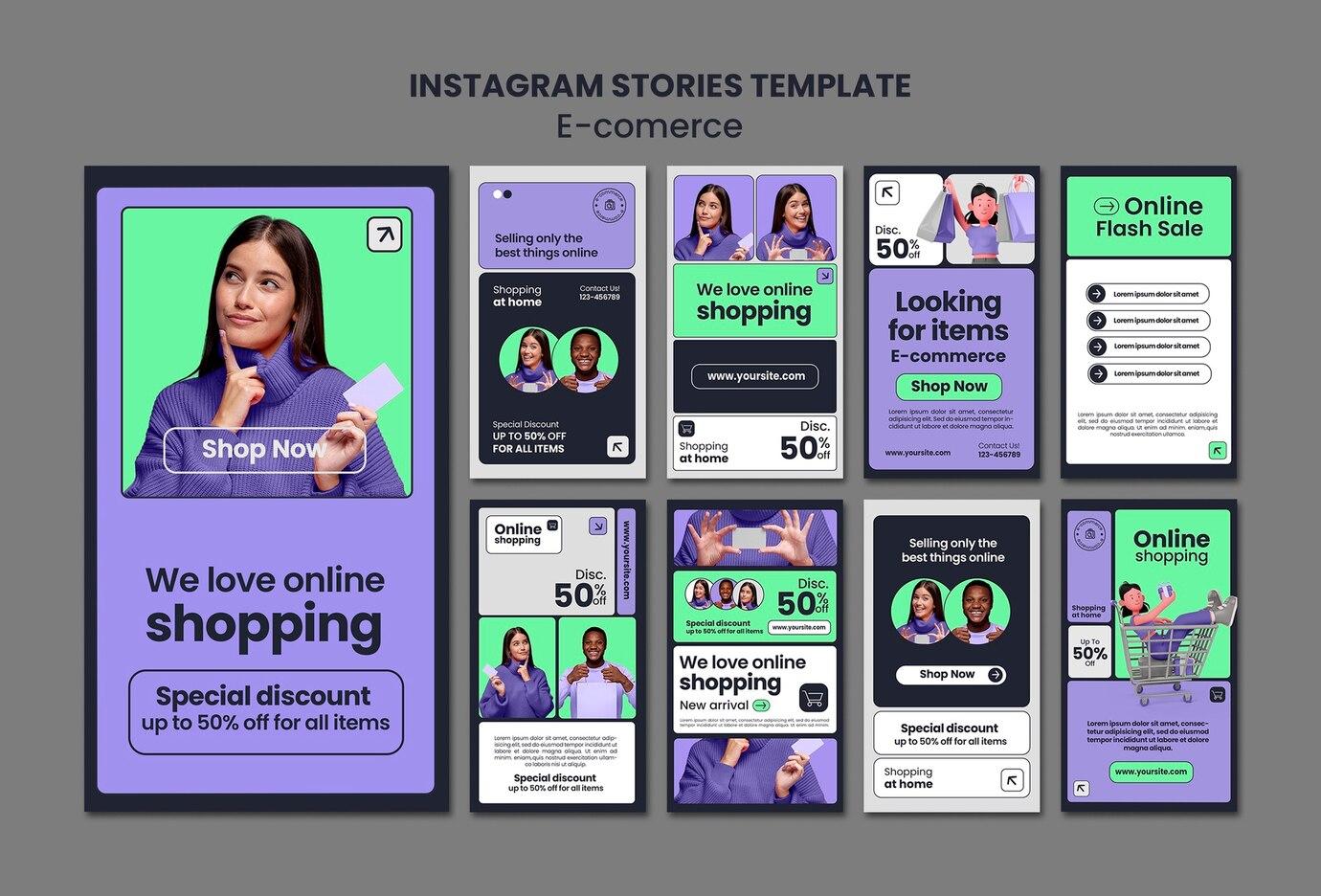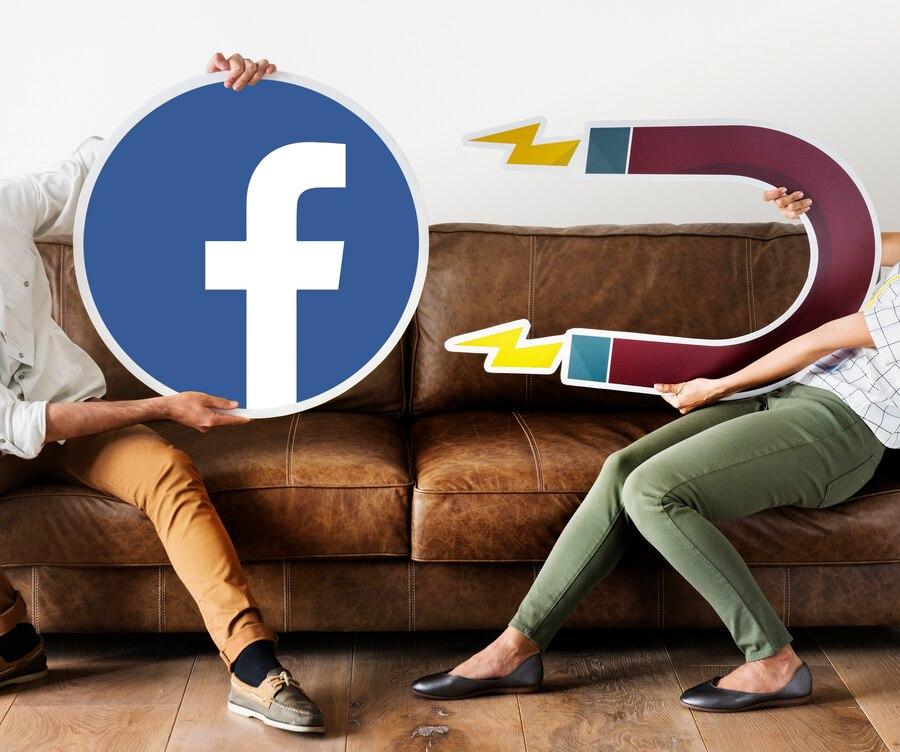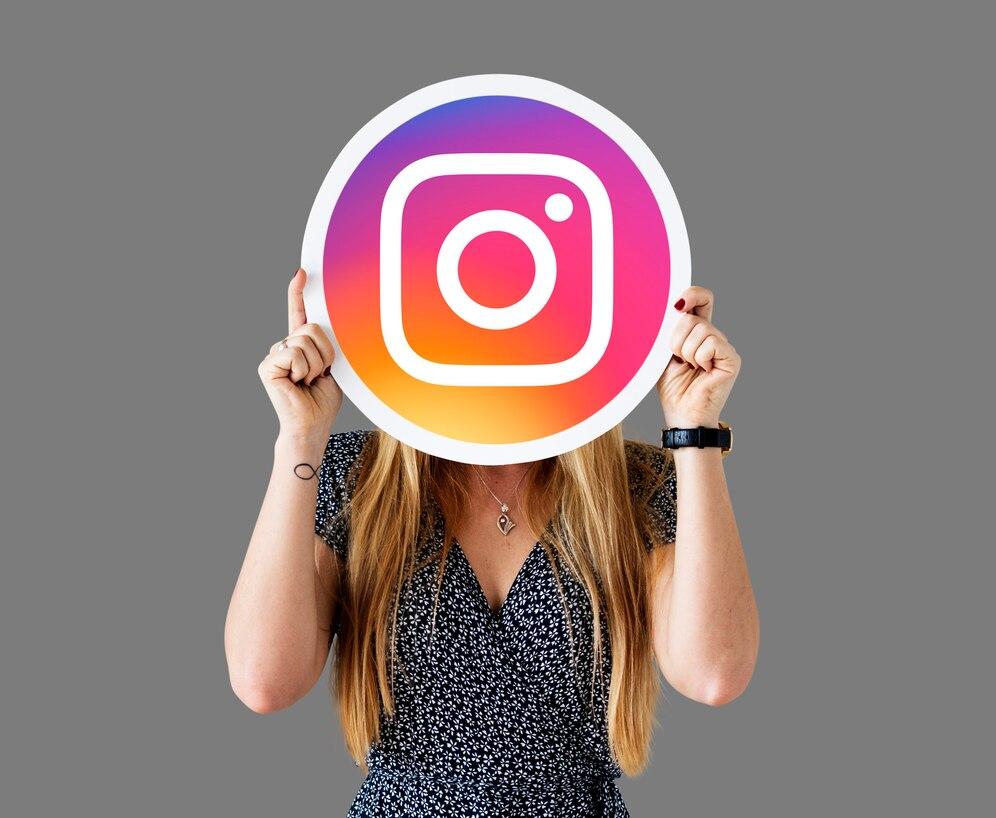In recent years, Instagram and Facebook have become popular platforms for shopping. They provide an opportunity for small businesses and individual entrepreneurs to interact directly with their audience. However, this trend has also attracted scammers. In this article, we will take a closer look at how to distinguish real sellers from scammers, as well as the main signs of fraud in social networks.
Fraud on Instagram
Instagram, with its visual nature, has become an ideal place for online sales. However, along with this, the platform has also attracted many scammers using it to deceive users. These scammers can masquerade as real sellers, offering goods or services at attractive prices. The danger is that many users, in pursuit of a bargain, can become victims of such fraudulent schemes.
One of the main signs of fraud is the lack of account verification. Real businesses often have verified accounts with a blue checkmark, indicating their legitimacy. While scammers can create a beautiful account filled with product photos, they do not have a real business behind their page. Therefore, it is important to always check for verification from Instagram.

Another common method of deception is excessively low prices. If the price of a product is significantly lower than the market value, this should raise suspicion. Scammers often use attractive discounts to lure buyers. In addition, pay attention to the product descriptions. If it contains many errors and does not look professional, this may be a sign of poor-quality service.
Another typical mistake users make is ignoring comments and reviews. Honest sellers usually have positive feedback from various customers. Therefore, before buying, it is worth reviewing the comments under the posts and paying attention to the opinions of real buyers. If the account has no reviews or only negative comments are present on its page, this may indicate fraud.

Scam on Facebook
Facebook is also one of the platforms where scammers are actively operating. They can create fake groups or pages offering goods and services they do not have. As in Instagram, the presence of fake accounts has become a common practice. Scammers can use photos and texts taken from real businesses to create an appearance of legitimacy.
It is important to note that Facebook provides many tools for detecting scammers. On each page, you can see when it was created, as well as the number of followers. If the page was created recently and has a small number of followers, this is a red flag. Real businesses typically have a longer history of operation.
In addition, scammers may use other people's photos and videos to promote their "goods." If you see that the product image was taken from another seller, this may be a clear sign of deception. Genuine sellers should provide unique photos of their goods or services. Companies that have been in the market for a long time have their own photos and descriptions that match the quality of the product.
Another sign of scammers on Facebook is unconventional payment methods. Scammers often offer to use unpopular or unsafe payment methods, such as transfers to personal accounts or the use of cryptocurrency. Always prefer secure and safe payment methods, such as PayPal or credit cards.

Fake accounts and how to recognize them
Fake accounts are one of the biggest obstacles to safe shopping on social networks. Scammers can create multiple accounts using fictitious names and photos that do not relate to real people. Therefore, it is very important to be able to recognize them.
The first sign of a fake account is the lack of information. Real sellers usually provide as much information as possible about their company, including contact information, business description, and links to other social networks. If the account contains no information about the seller, this may be a signal of fraud.
The second sign is unnatural activity. Many fraudulent accounts use bots to increase their presence on social networks. If you notice that the page has many meaningless comments or likes from suspicious accounts, this should raise suspicion. Real customers leave meaningful feedback.
Finally, it is important to pay attention to the account creation date. Scammers often create new pages to avoid being tracked. If the account was created very recently, this should heighten your attention, especially if it offers goods at deliberately low prices.

Fraud in social networks: How to protect yourself
Protection against fraud in social networks is a task that should not be left to chance. There are simple but effective ways to reduce risks:
- Check information. Always verify information about the seller. Look for reviews on other platforms, read discussions in specialized forums and communities. Compare prices and conditions with other sellers.
- Communicate with the seller. Before buying, try to establish contact with the seller. Ask questions, inquire about the details of the product and its delivery. Real sellers will be ready to provide you with complete information.
- Secure payment methods. Use only verified payment methods, avoid transfers to personal accounts, and use systems with buyer protection, such as PayPal. This way, if you are deceived, you will have the opportunity to get your money back.
- Be cautious with promotions. Beware of offers that seem too good to be true. If the price is significantly lower than the market, this should arouse suspicion. It is always worth requesting additional evidence of the legitimacy of the product, such as photos, videos, or certificates.
With the growth of online sales, the number of scammers in social networks like Instagram and Facebook is also increasing. By understanding the main signs of fraud, you can minimize risks and make purchases safer. Pay attention to details, verify information, and use secure payment methods. Remember that your safety is in your hands, and always act wisely when making decisions.
